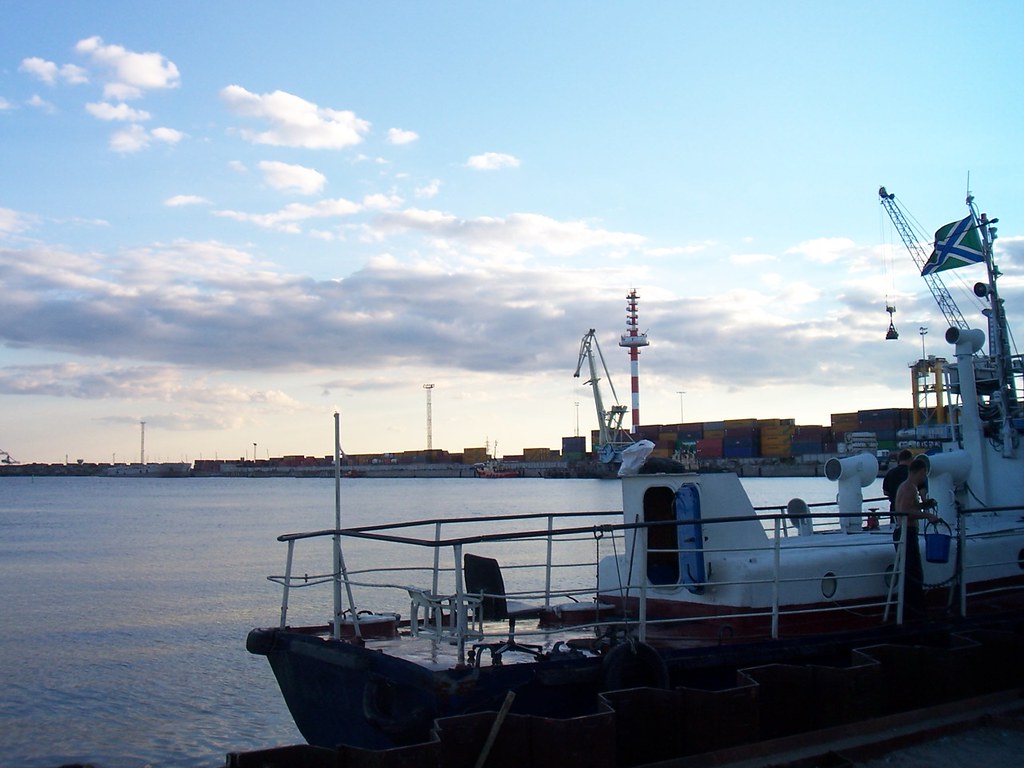
After years of decline, the Russian Navy is surging back into the global spotlight with an ambitious expansion plan that defies international sanctions and redefines its naval capabilities.

In a remarkable turn of events, Russia is poised to launch 12 new surface warships and four advanced submarines in 2024, marking the largest number of vessels deployed in decades and showcasing a potential shift in the maritime power balance.

This growth spurt comes nearly two years after Ukraine’s counteroffensives have left a tangible impact on Russia’s Black Sea Fleet, and as the Kremlin seeks new strategies to maintain its naval presence.

The plan, unveiled by Russian State Secretary and Deputy Industry and Trade Minister Viktor Yevtukhov, underscores an era of “100-percent import substitution in the construction of ships,” a move designed to sidestep the effects of sanctions stemming from the invasion of Ukraine.

The fleet rejuvenation is not merely about numbers.

It’s a strategic pivot to smaller, yet more modern and flexible warships.

Russia’s recent addition, the Kronshtadt Lada-class submarine, joined the Northern Fleet, heralding the rise of new-generation non-nuclear submarines renowned for their stealth, agility, and firepower, including Kalibr missiles and 533mm torpedoes.

Notably, Navy Commander-in-Chief Admiral Nikolay Yevmenov underscored the significance of this induction, declaring, “The submarine will operate in a brigade of the Northern fleet.”

Yet, despite these advancements, Russia’s Black Sea aspirations have hit turbulent waters.

Its main Crimean base in Sevastopol is under duress following Ukrainian strikes, prompting a search for alternative harbors such as in Abkhazia, Georgia.

NATO Secretary-General Jens Stoltenberg, during a trip to the South Caucasus, remarked, “Russia’s war puts freedom of navigation in the Black Sea at risk.”

Meanwhile, the Russian navy’s sizeable investment in Project 22800 Karakurt-class missile corvettes and Project 22160 patrol ships emphasizes a tactical shift towards littoral dominance and regional power projection.

Despite recent setbacks, including losses to Ukrainian forces, these vessels remain a critical element of Russia’s modernized naval strategy.

This resurgence signifies more than Russia’s maritime recovery; it represents a reconfigured geopolitical chessboard, where naval might equates to regional influence and strategic deterrence.

As other powers continue to build their fleets, the world’s oceans become the backdrop for a new chapter of rivalry and diplomacy, where every ship counts, and every maneuver matters.
Relevant articles:
– Russia’s Navy Is Now Trying to Make the Ultimate Comeback, The National Interest
– This Picture Might Be How the Russian Navy Makes a Comeback, The National Interest
– Russia’s Black Sea Naval Ambitions, Foreign Policy
– Largest Navies in the World 2023, wisevoter.com

